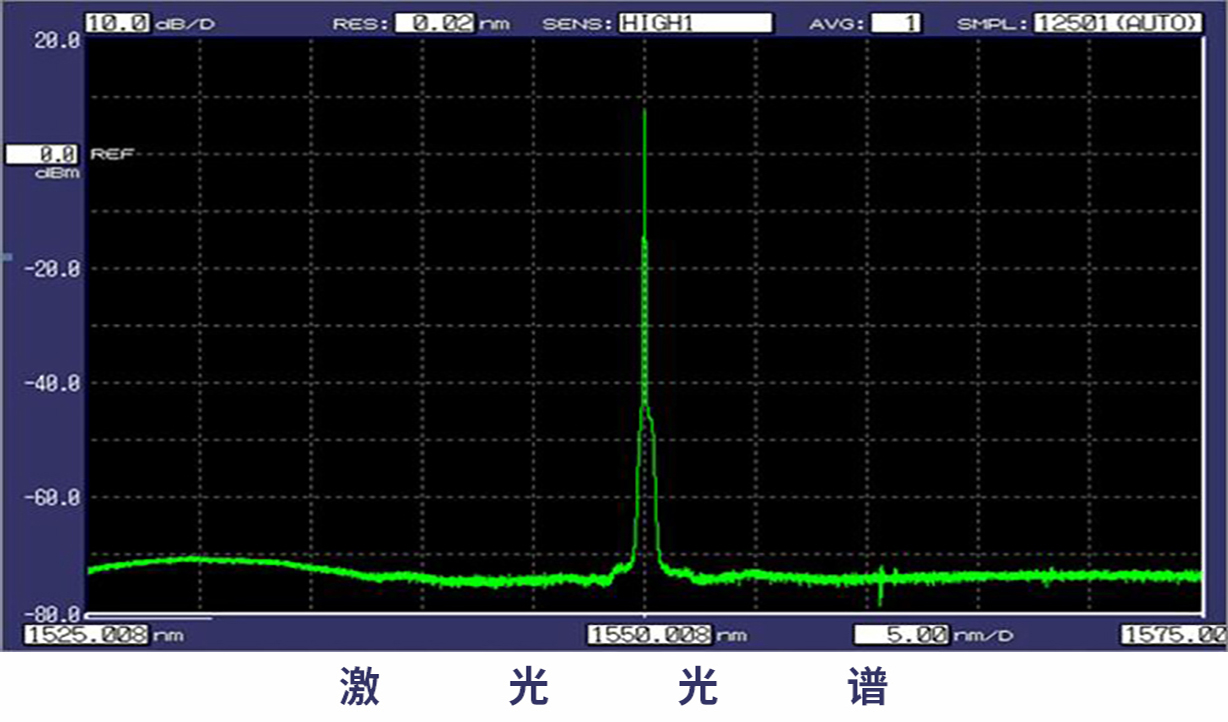
Focus on the R & D and production of plant fill light
In recent years, there have been a number of plant fill lights with the name of laser on the market, which is known as one lamp shining on an acre of land. Is that really the case?
Poke here to see the principle of plant photosynthesis and growth, the role of spectrum on plants, and the principle of plant fill light lamp
The light radiated by the atom is named "laser": when the electrons in the atom absorb energy, transition from low-energy level to high-energy level, and then fall back from high-energy level to low-energy level, the released energy is released in the form of photons. The photon beam (laser) induced (excited), in which the photon optical properties are highly consistent. Therefore, compared with ordinary light sources, the laser has better monochromaticity, directivity and higher brightness.
Due to the fundamental principle of laser, the frequency band range of its spectrum is very narrow, usually about 1 nm wide, and a few can reach 10 nm wide, which makes the laser have excellent penetration and extremely stable irradiation range, stable and controllable. It is usually used as high-energy laser processing control, involving industry, medicine, military, communication, municipal environment and so on, On the other hand, the extremely narrow frequency range will also limit the direction of laser use.
The absorption spectrum of plant photosynthesis is shown in the figure below. The absorption spectrum width of both chlorophyll and carotenoids is calculated in 100 nm. In fact, the laser with extremely narrow frequency band can not meet the light absorption of plants during growth.

In addition, the lighting time and lamp power are also big questions. According to the most common laser plant lamp in the market, the power of a lamp is about 8W, 3 kwh a month, and the average lighting time per day reaches 12.5 hours. The energy conversion efficiency of conventional LED lamps is about 10-20%, but the maximum conversion efficiency of laser energy is only 40%, An 8W laser plant lamp is equivalent to a 20W LED lamp at most. If the dry matter accumulation provided by 100W is 2 units per hour, the dry matter accumulation provided by 8W laser plant lamp is only 0.4 units, and the dry matter accumulation provided by 8W laser plant lamp is only 5 units per day, and there is still a problem that the installation position of the laser plant lamp is flush with the plant leaves, The propagation path of light is a straight line, so there must be a strong light source near the lamp and a large area of shielding away from the lamp.
In general, laser plant lamp may be a development direction, but the current optical technology can not meet the requirements of use.